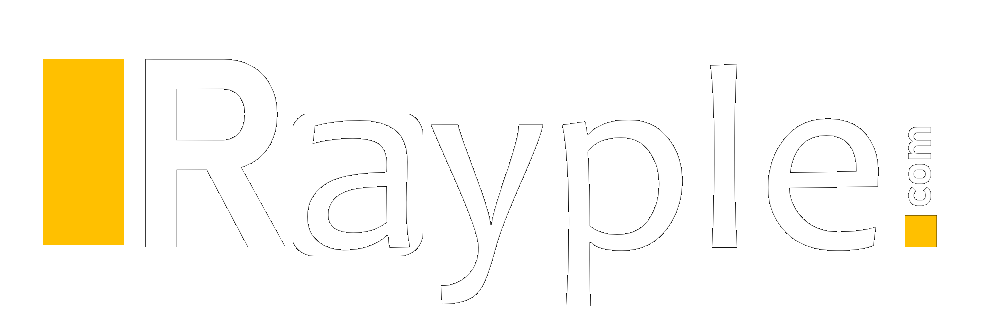

IoT application
An IoT application is a collection of services and software that integrates data received from various IoT devices. It uses machine learning or artificial intelligence (AI) technology to analyze this data and make informed decisions. These decisions are communicated back to the IoT device and the IoT device then responds intelligently to inputs.
A graphical user interface
The IoT device or fleet of devices can be managed through a graphical user interface. Common examples include a mobile application or website that can be used to register and control smart devices.
The Internet of Things gives businesses access to advanced analytics that uncover new opportunities. For example, businesses can create highly targeted advertising campaigns by collecting data on customer behavior.
Collected data and historical trends can be used to predict future outcomes. For example, warranty information can be paired with IoT-collected data to predict maintenance incidents. This can be used to proactively provide customer service and build customer loyalty.
Continuous monitoring of digital and physical infrastructure can optimize performance, improve efficiency and reduce safety risks. For example, data collected from an onsite monitor can be combined with hardware and firmware version data to automatically schedule system updates.
IoT technologies can be deployed in a customer-focused way to increase satisfaction. For example, trending products can be restocked promptly to avoid shortages.